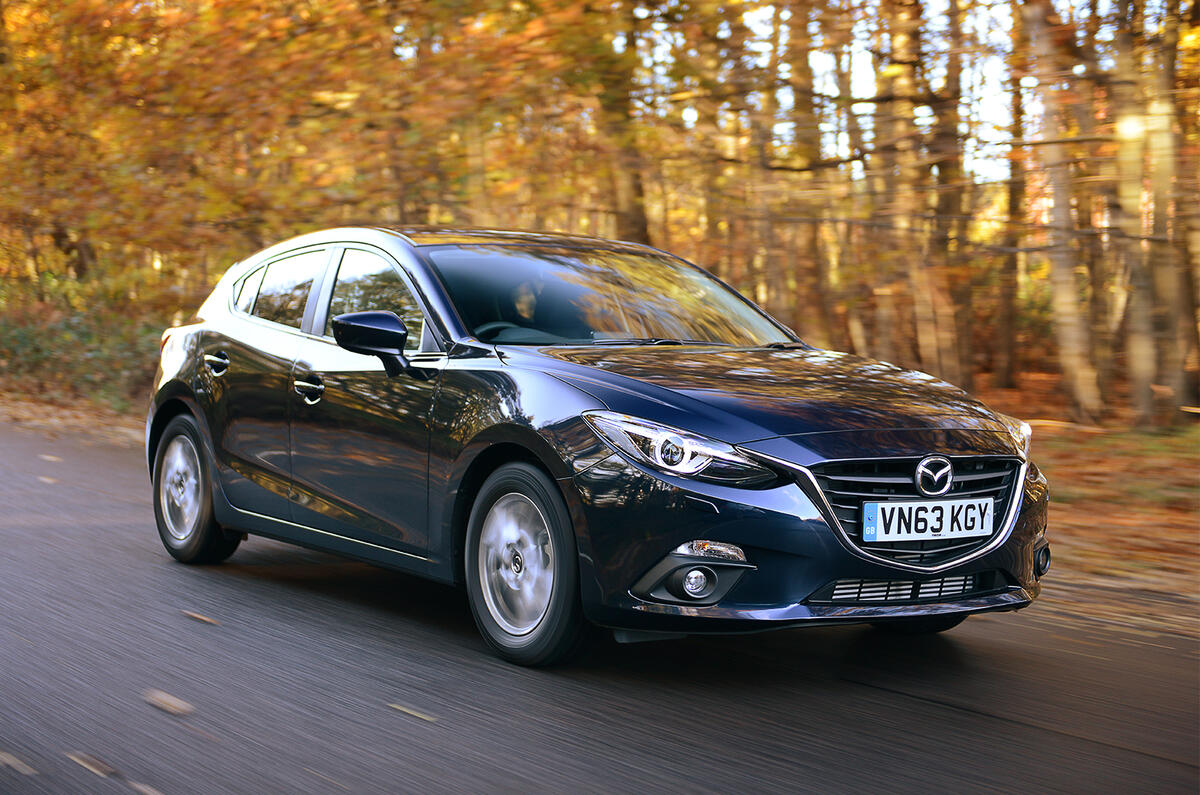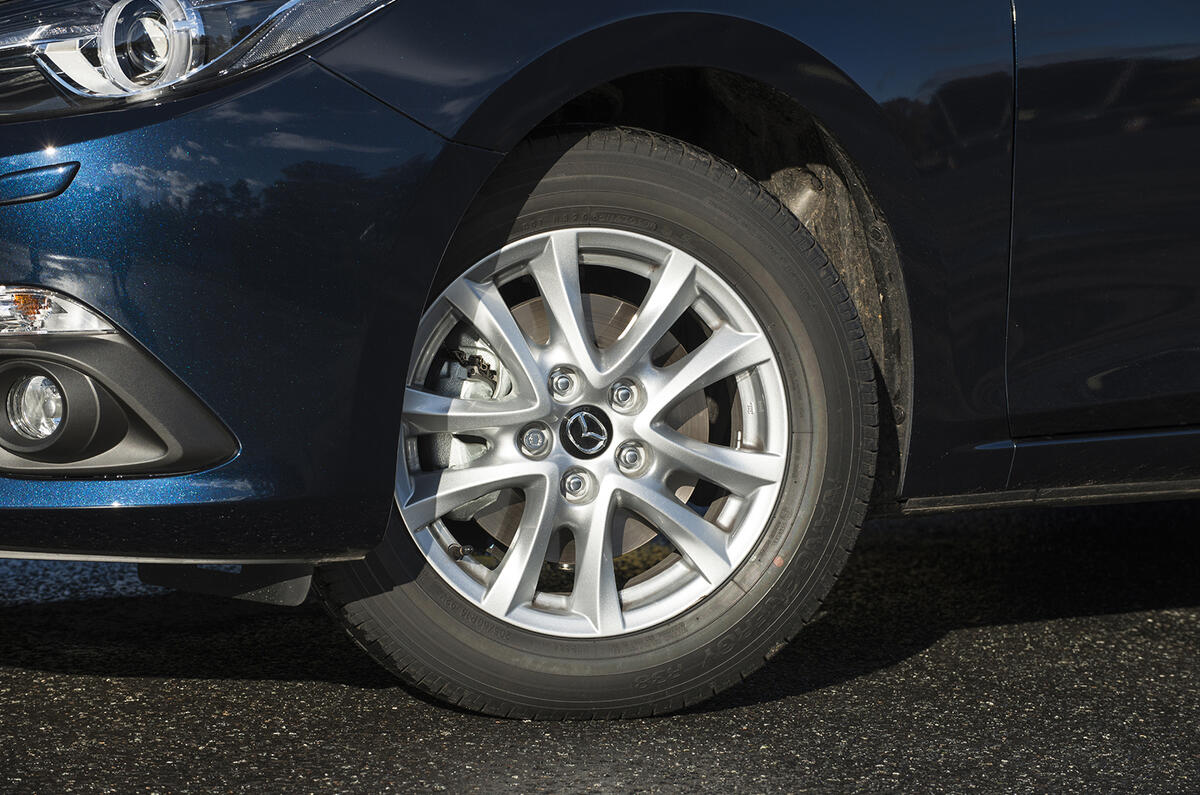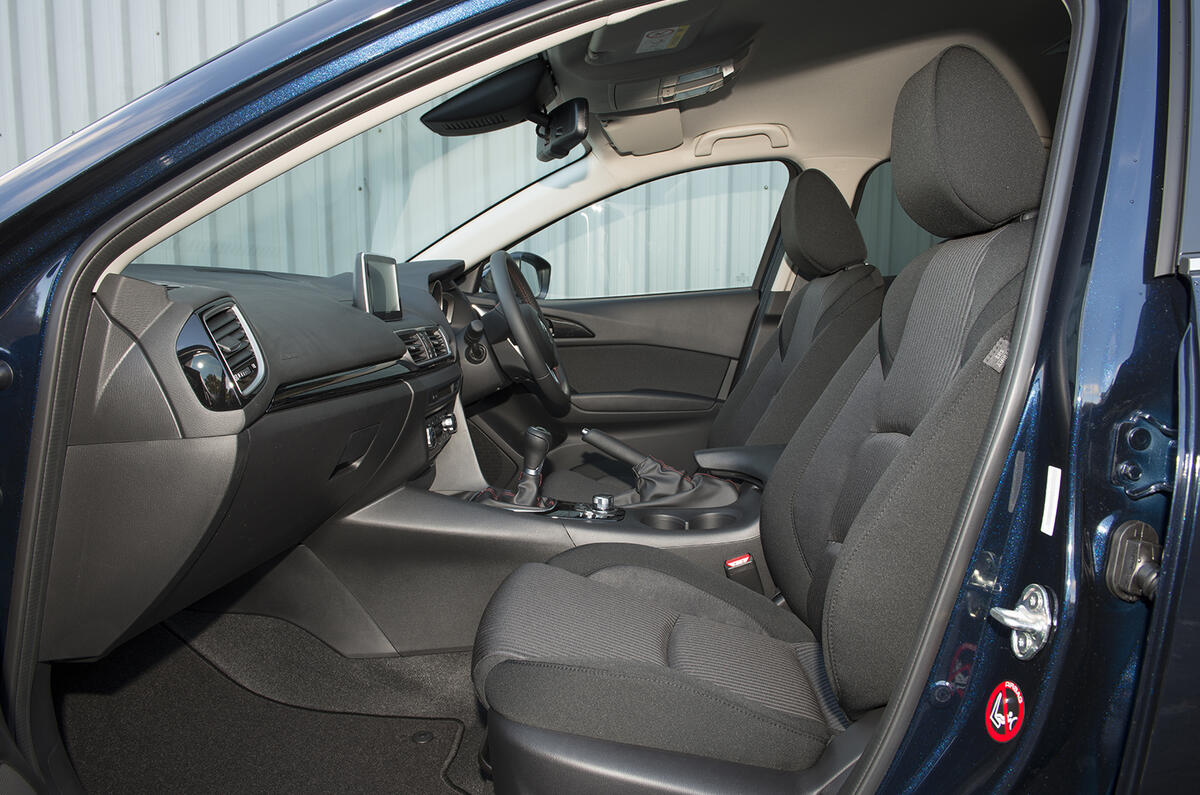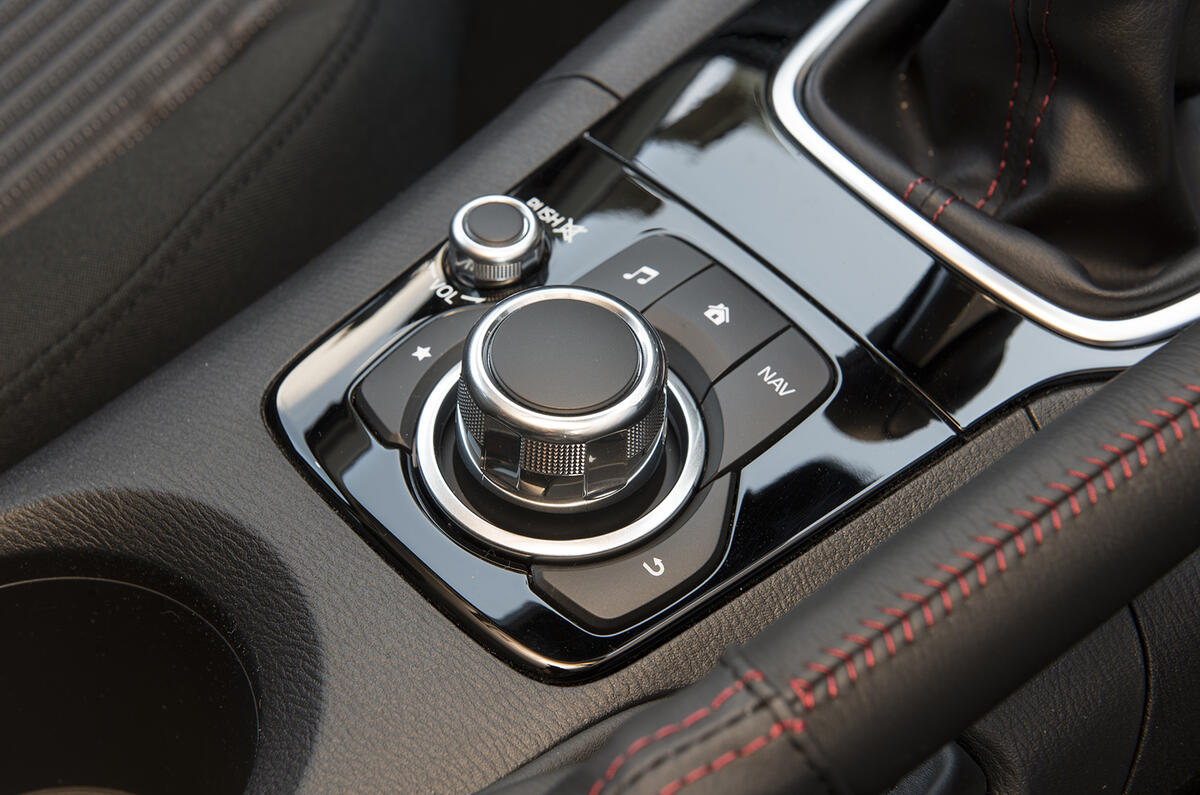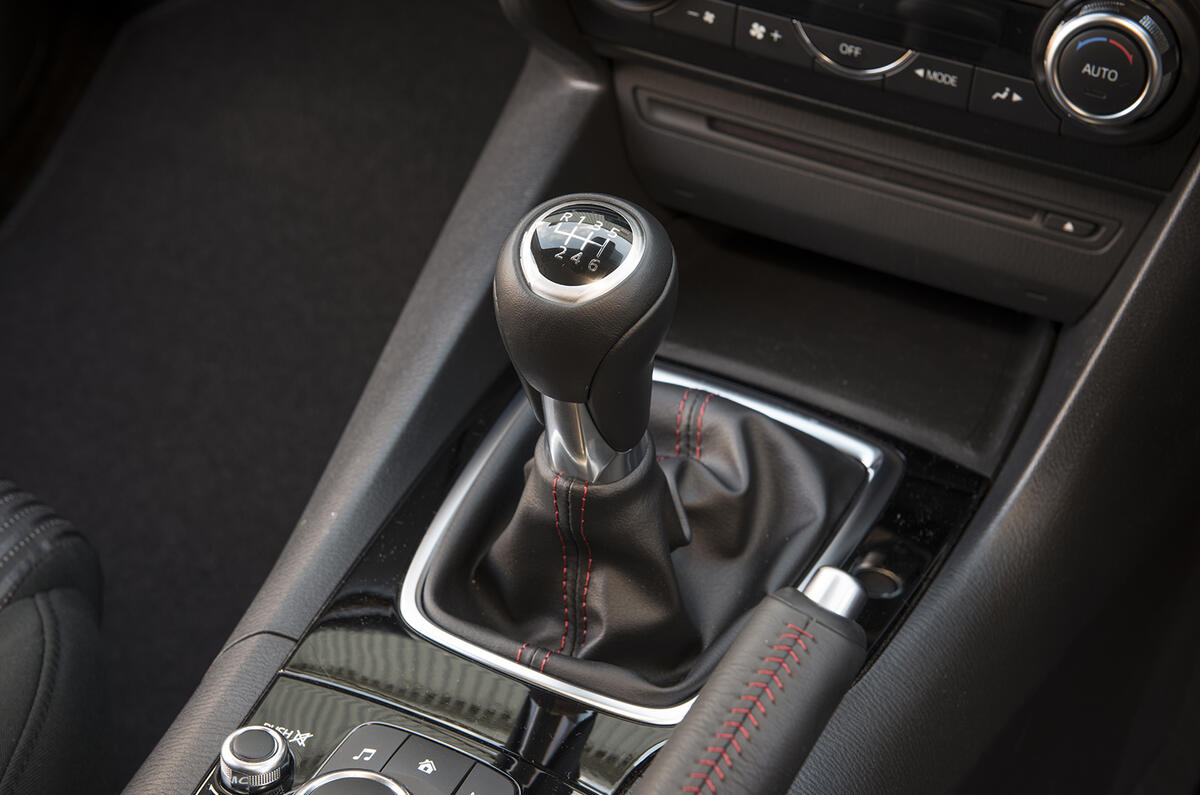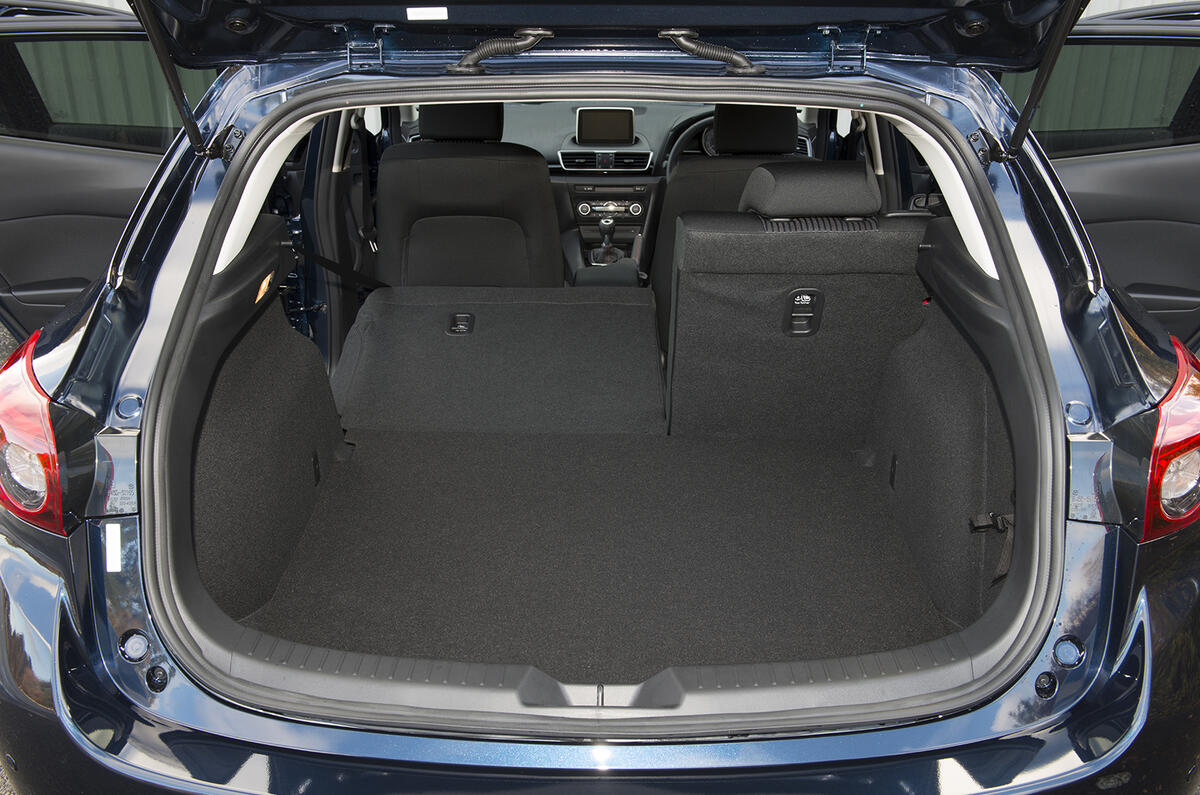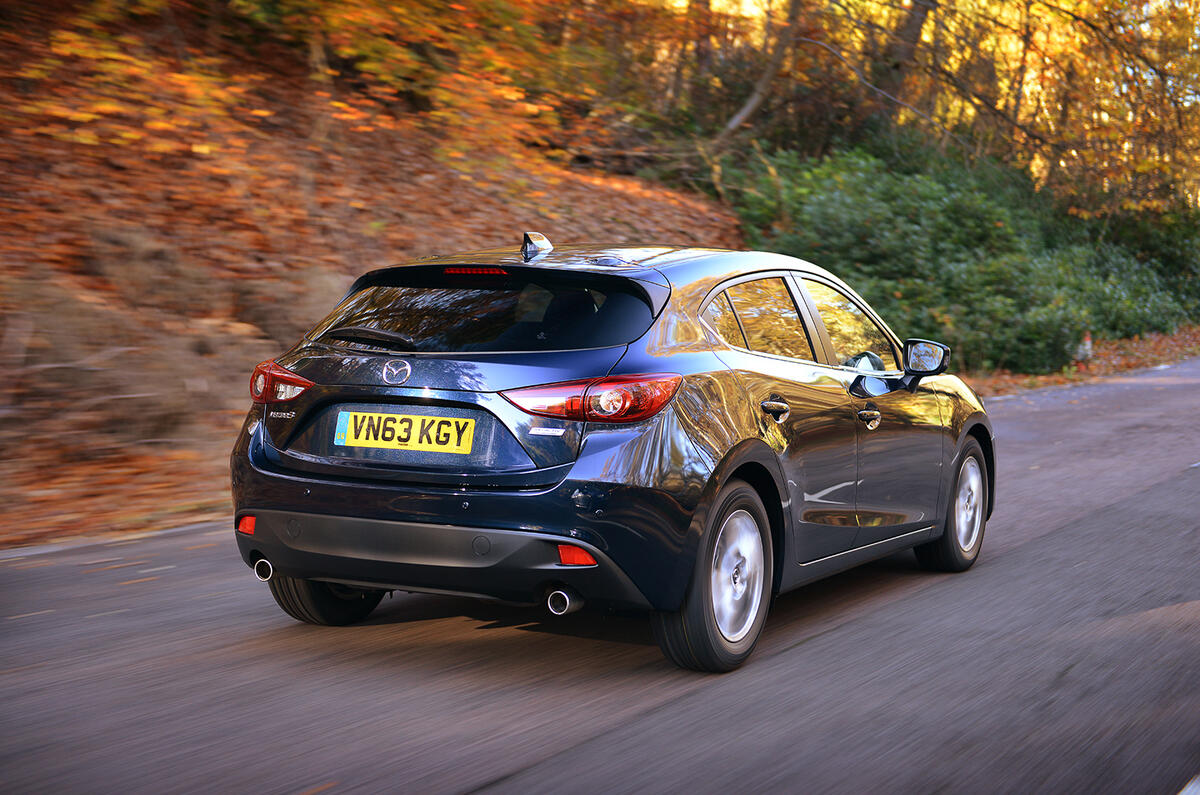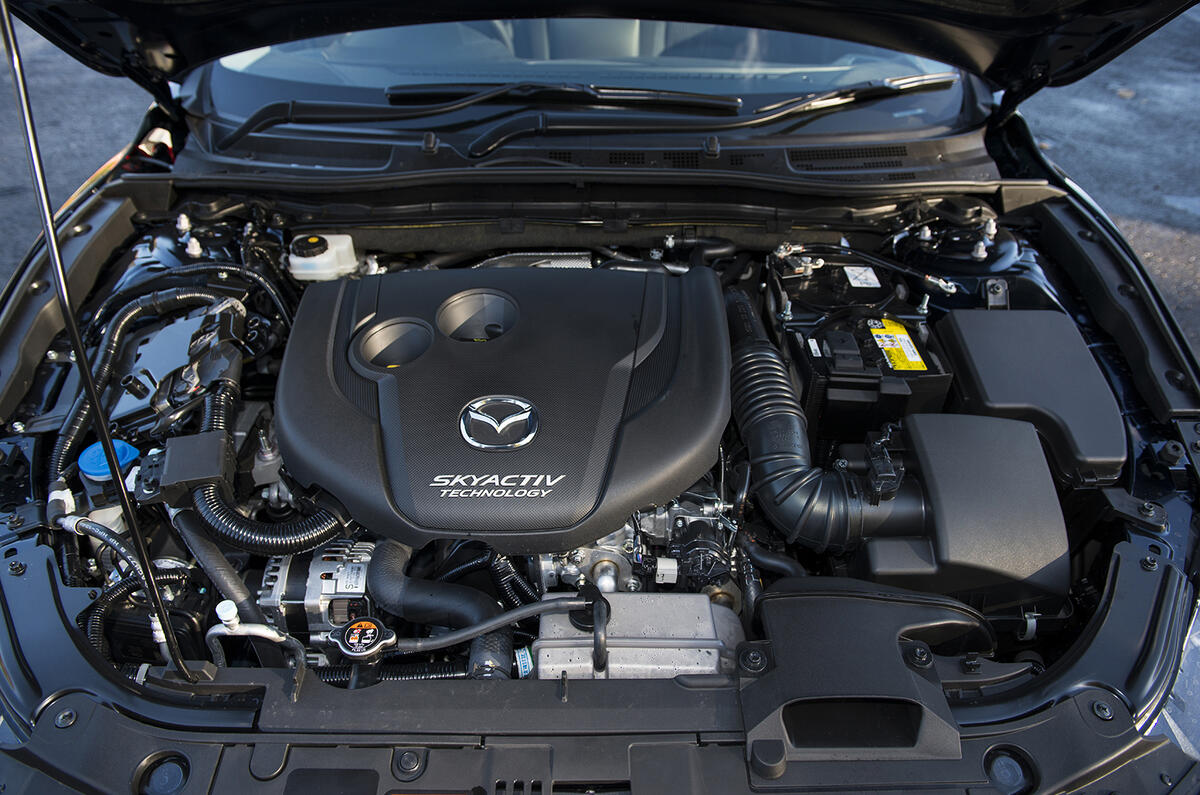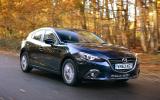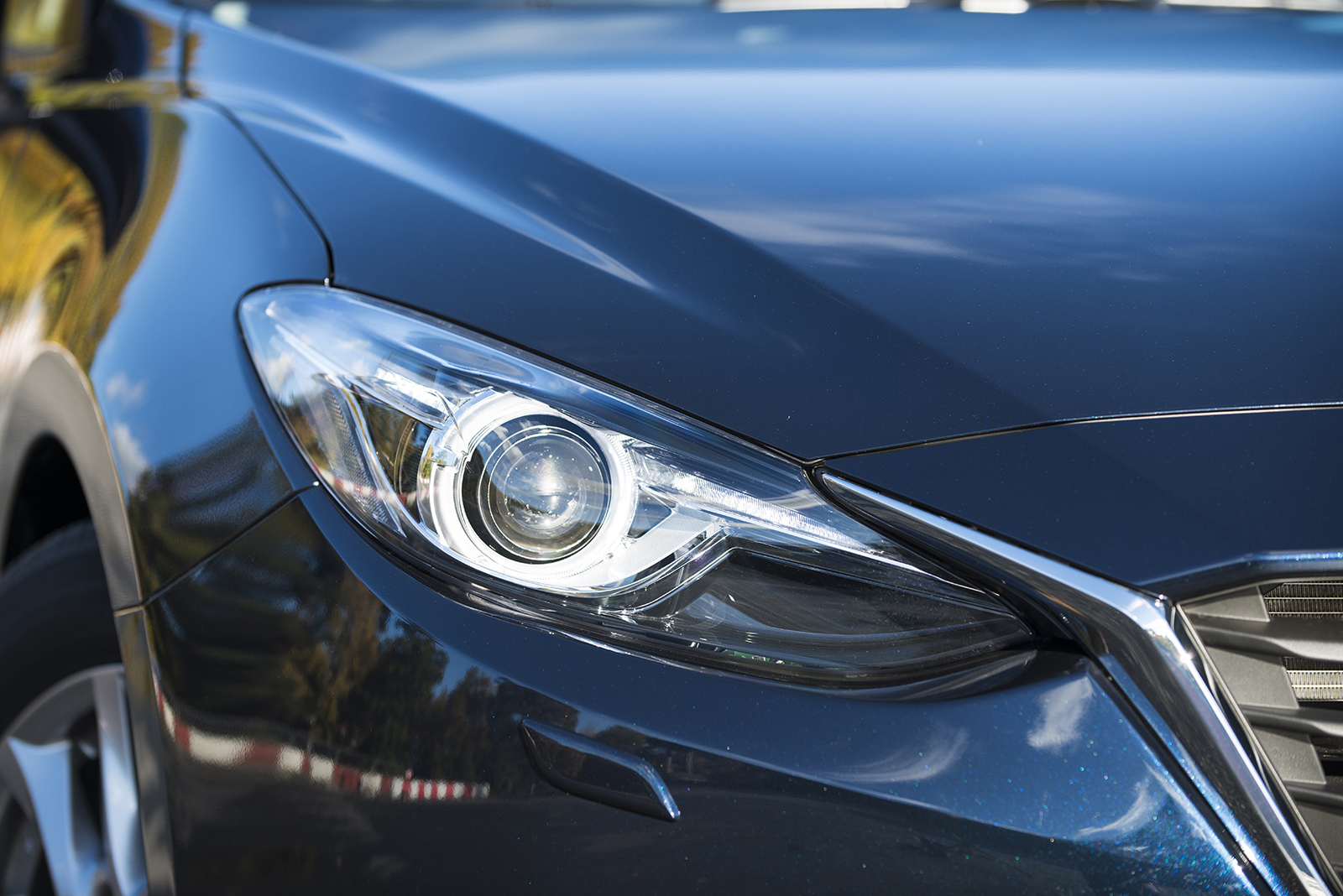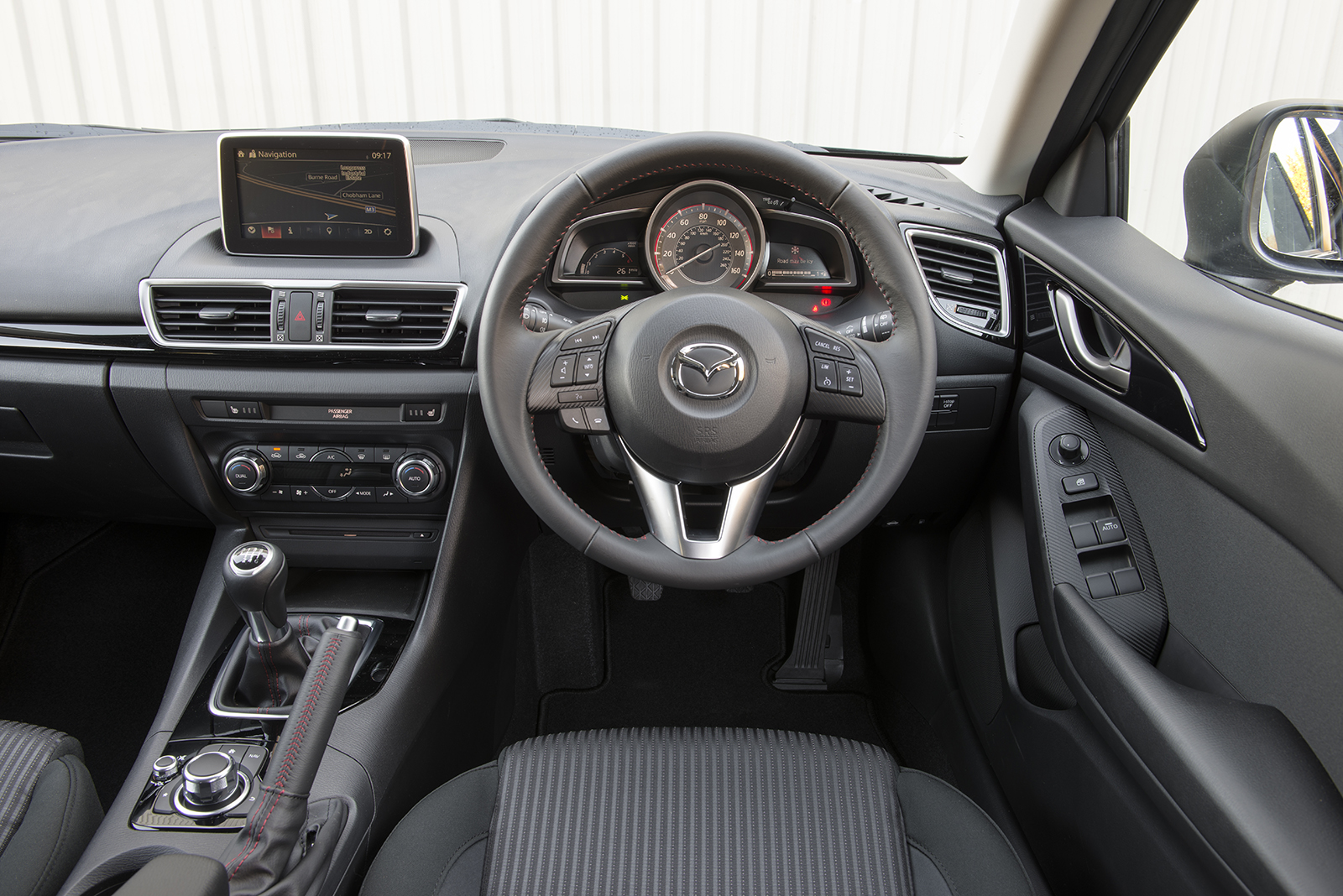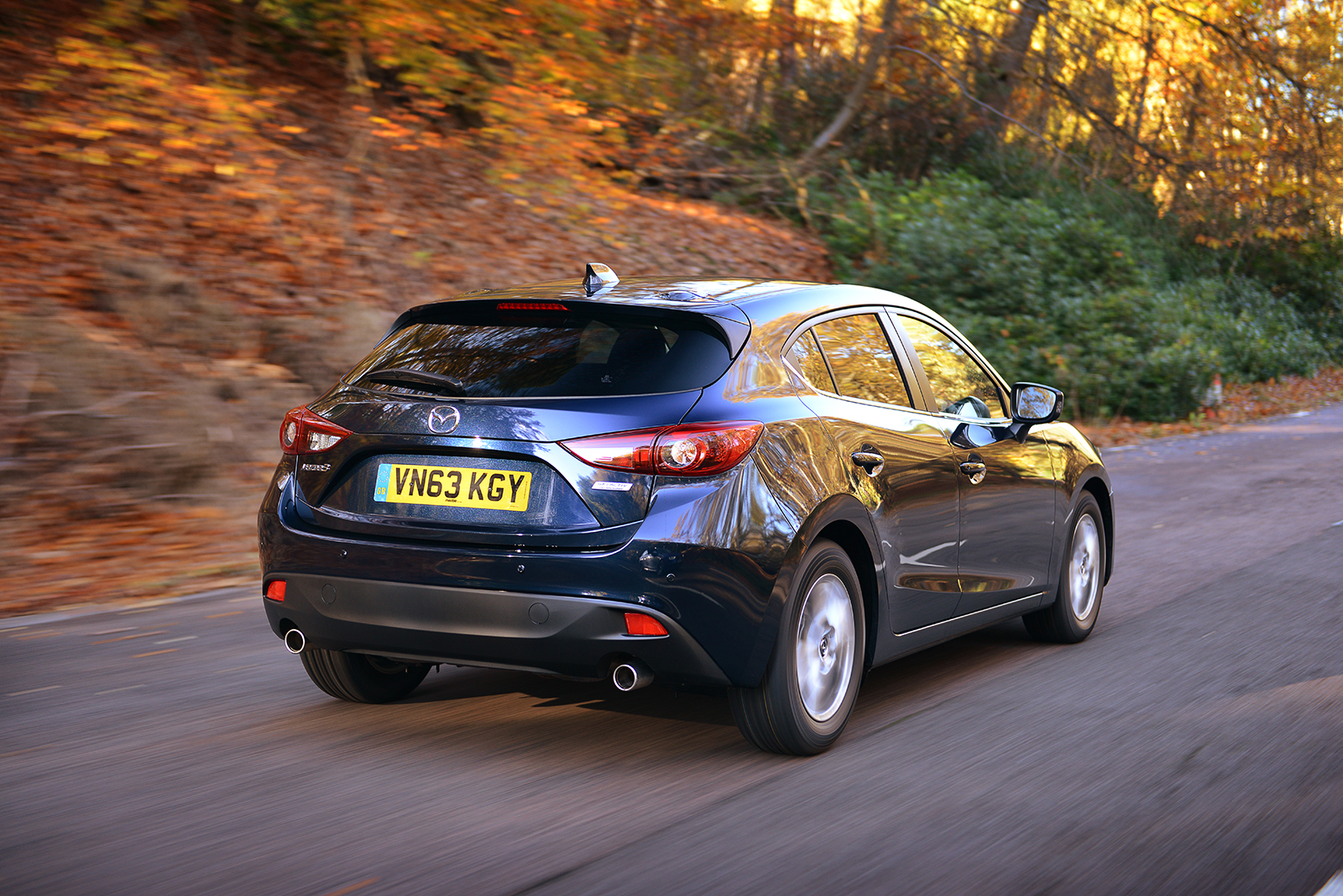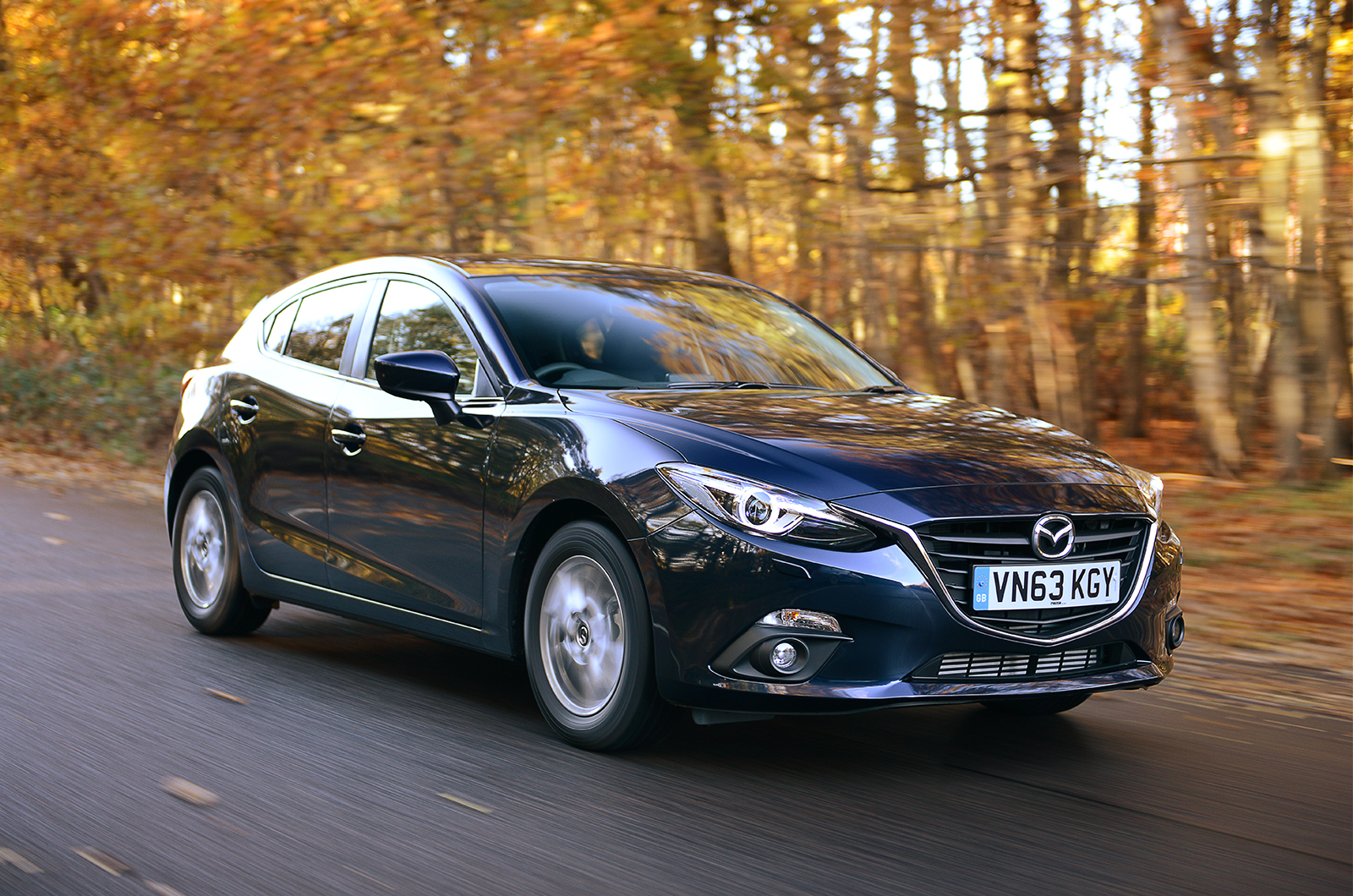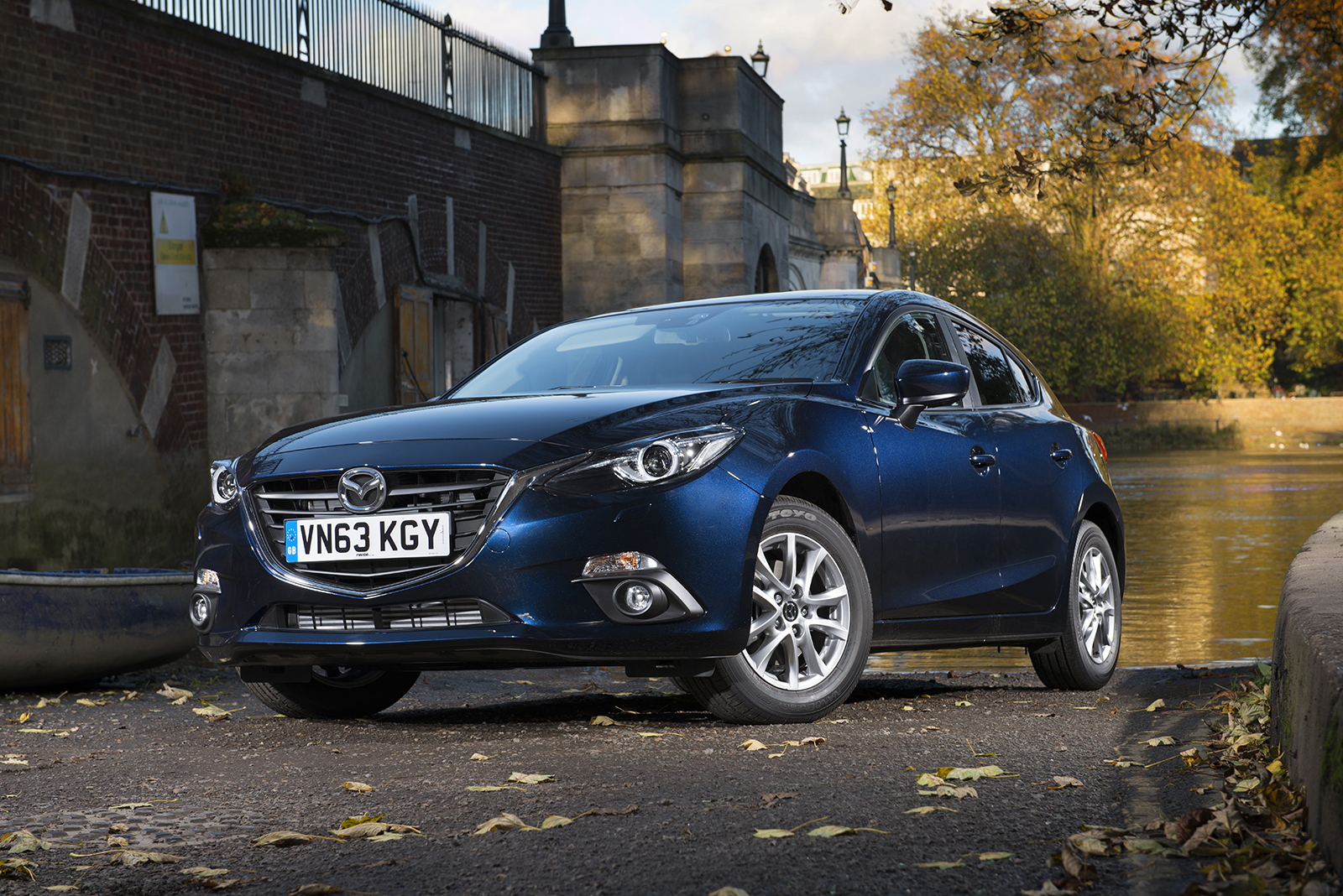For Mazda, the prologue is over. As important and credible as they undoubtedly are, both the CX-5 and the 6 were warm-up acts for this: the new, third album, SkyActiv-generation Mazda 3.
This is the Japanese car maker’s great white hope to win back the market share it has haemorrhaged over the past five years, in the wake of Lehman Brothers, the global financial crisis and the terrible disasters that have befallen Japan and its car industry.
While Mazda has enjoyed better fortunes elsewhere, its European market share has shrunk by almost 50 per cent from a high of over 320,000 units in 2008 and 2009, down to just 180,000 in 2012. It's into that context that this third-gen 3 arrives.
We might think of it as only the second full generation of the car, however, because the so-called second-gen Mazda 3 of 2009-2013 was in fact a heavy facelift of the 2003 original, and used the same Ford platform. Prior to the 3, Mazda's compact hatchback was the 323.
To Europeans, this is Mazda’s entrant in the biggest market segment of all, and its shadow is equally large elsewhere. One in every three Mazdas sold anywhere on the planet at the moment is a 3.
So this car will be the acid test of the firm’s bold new product revolution. More than any other model, the 3’s competitiveness will determine exactly how quick and transformative the company’s recovery will be. For 2017, Mazda has plans to give the 3 a mild facelift to keep the mid-sized hatchback in touch with its European contemporaries - the Ford Focus, Vauxhall Astra, Seat Leon, Skoda Octavia and the Volkswagen Golf.



